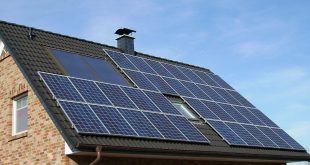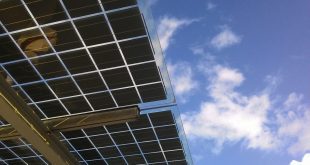Photograph by Tim Wimborne, Reuters
This story is part of a special series that explores energy issues. For more, visit The Great Energy Challenge.
For years, the energy world has puzzled over how to harness the sun to make rooms cool.
That may sound counterintuitive to those who think primarily of the uncomfortable heat beating down on roofs and windows as the summer sun reaches its apex. But to those who ponder the sun’s tremendous energy, there’s a perfect symmetry in the idea of solar cooling. The power of the sun could be used just when it’s needed most.
Solar cooling is one of an array of ideas for greener air-conditioning by making better use of the forces of nature. Air-conditioning has transformed summertime living in the developed world, but at a tremendous energy cost. Invented in 1902 by Willis Haviland Carrier, early air-conditioning cooled air by causing it to pass through refrigerant-cooled coils. Conventional air-conditioning is much the same today, guzzling juice from the electric grid to compress gaseous refrigerant back to liquid state in each cooling cycle.
Strain on electricity systems reaches critical mass due to summer AC demand. Heating homes in winter also requires a lot of energy, but there are many warming options—natural gas, oil, wood. Conventional cooling relies on electricity; as a result, peak summer power demand in the United States, where more than 80 percent of households have air-conditioning, is more than 20 percent higher than at the winter high point. (Cooling accounts for 8 percent of U.S. household energy use.) Power companies must have “peaker” plants on hand for the hottest summer afternoons: typically old, inefficient fossil fuel facilities. The hotter it gets, the hotter they run. Talk about counterintuitive.
 Alternative Energy HQ solar power for homes, wind energy, and bio fuel issues
Alternative Energy HQ solar power for homes, wind energy, and bio fuel issues








